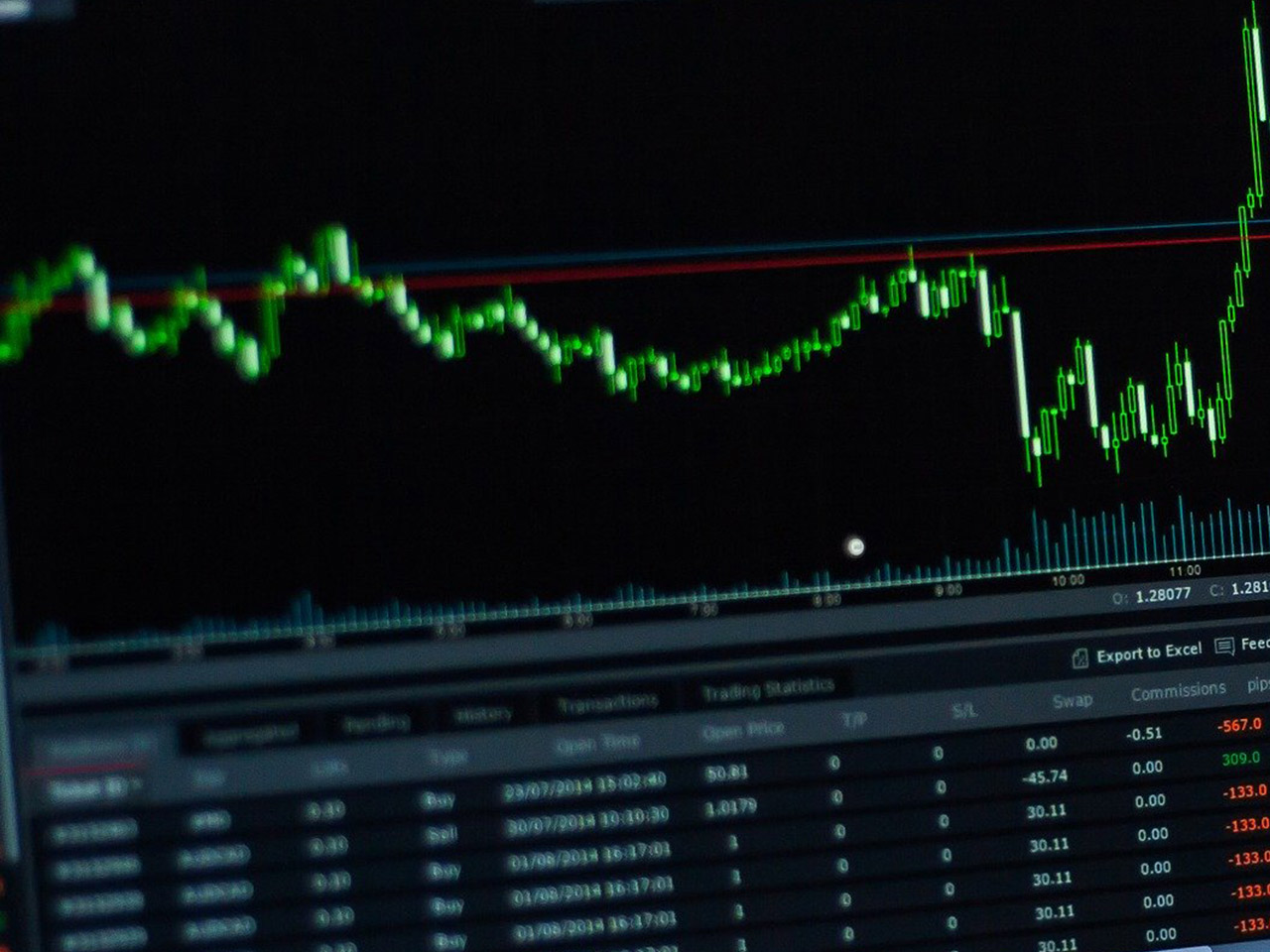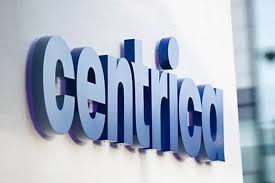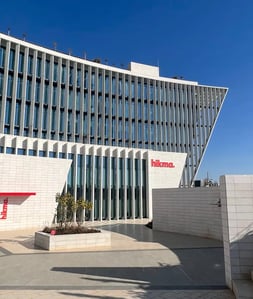GRAIL, Inc. (NASDAQ: GRAL) is at the forefront of the healthcare sector, specifically within the diagnostics and research industry. Based in Menlo Park, California, GRAIL is known for its groundbreaking work in multi-cancer early detection testing and services, an area with significant potential in both the U.S. and international markets. As a commercial-stage company, GRAIL’s flagship products, Galleri and DAC, are designed to revolutionize cancer screening and diagnostics, targeting asymptomatic individuals over 50 and accelerating diagnostic resolutions, respectively.
Investors have taken notice of GRAIL’s innovative approach, pushing its market capitalization to a robust $4.34 billion. Currently trading at $111.40, the stock has experienced a remarkable ascent from its 52-week low of $17.14, reaching its current peak, which reflects a significant appreciation in value. However, the stock’s recent price change of 17.85, representing a 0.19% increase, suggests a volatile yet intriguing journey for potential investors.
Despite the promising market position, GRAIL presents a complex valuation picture. The company’s forward P/E ratio of -10.26 indicates expectations of continued losses, which is not uncommon for high-growth companies in the early stages of commercial development. The absence of traditional valuation metrics like P/E, PEG, Price/Book, and Price/Sales ratios further underscores the challenges and risks associated with investing in a company still navigating its path to profitability.
GRAIL’s performance metrics paint a mixed picture. While revenue growth stands at an impressive 26.30%, indicating strong top-line momentum, the company’s net income remains undisclosed, and its EPS is a concerning -10.66. GRAIL’s negative return on equity of -16.83% and a free cash flow of -$59.18 million reflect the financial strain typical of companies in aggressive expansion phases.
Dividends are not part of GRAIL’s current investment appeal, with no dividend yield and a payout ratio of 0.00%. This aligns with the company’s strategy to reinvest earnings into growth initiatives rather than distribute profits to shareholders.
Analyst sentiment towards GRAIL is cautiously optimistic, with two buy and two hold ratings, and no sell recommendations. The average target price of $96.67 suggests a potential downside of -13.23%, indicating that the stock may be overvalued at its current level. This sentiment is echoed by technical indicators, with the stock trading well above both its 50-day and 200-day moving averages of $73.23 and $45.50, respectively. The RSI of 75.76 signals that the stock might be overbought, raising questions about sustainability at current price levels.
In summary, GRAIL, Inc. stands as a compelling player in the healthcare innovation space, offering significant upside potential through its cutting-edge cancer detection technology. However, the financial metrics and analyst ratings suggest a cautious approach for investors considering entering at current prices. As the company continues to develop its product offerings and expand its market reach, GRAIL’s long-term potential remains promising, albeit accompanied by inherent risks typical of high-growth, early-stage companies in the healthcare sector. Investors should weigh these factors carefully against their risk tolerance and investment horizon before making decisions about GRAIL’s stock.




































